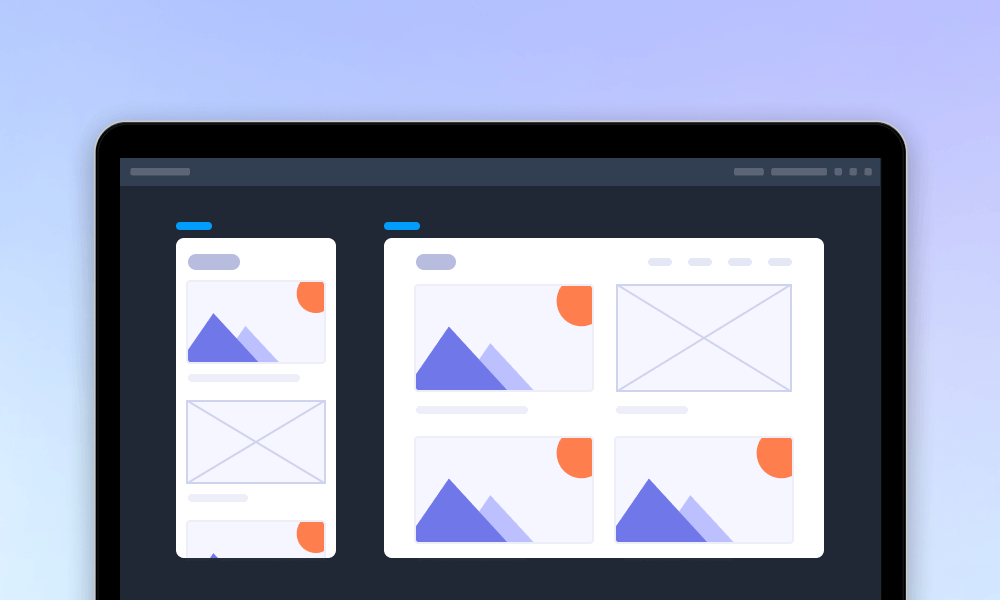Android is one of the popular open-source operating systems that can help developers to build effective mobile apps. Due to the booming of doing business and connecting customers on smartphones, more and more Android mobile apps are developed nowadays.
So with the increasing demand for Android apps, Android frameworks came into being to help developers build applications more effectively. It is a stack of code that includes native libraries and tools to design UI, work with databases, handle user interaction, etc. All these features can fasten the development process to a new level.
Are you looking for the best Android frameworks? We have collected 15 best android framework in 2020 for your inspiration.
Before go through the 15 Android frameworks, let’s first understand how Android frameworks work.
The Android framework is actually a set of APIs. Developers can use it to build apps for Android phones much faster and easier:
By using Android frameworks, developers do not need to start everything from scratch. That way they can build applications quicker and easier.
After we finished our review of the 15 Android frameworks, it's not hard to find the best key features among them. If you are still don't know which framework you should try? Consider the following key features:
Xamarin is a cross-platform framework that can be used not only for Android applications, but also the other major mobile operating systems. Currently it has 1.4 million developers users. As a part of Visual Studio IDE, Xamarin has more advanced features that can help designers produce native apps effortlessly.
More features of Xamarin:
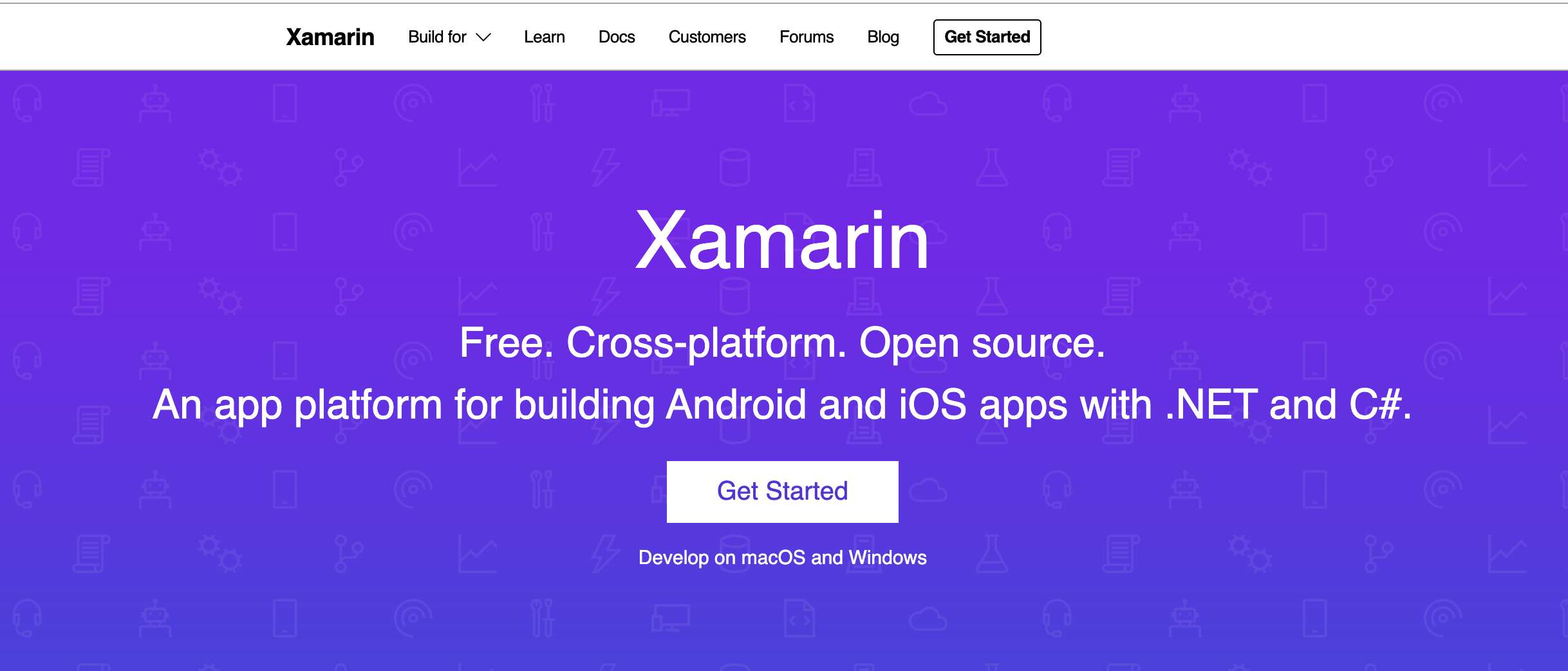
Glide offers developers a very useful Image Loader Library for dealing with the Android ecosystem and releasing Android apps that work without issues. The library is recommended by Google, therefore many developers are using it since then. It is easy to operate images, such as upload, rotate, resize, etc. Many Google open source projects including Google I/O 2014 official application are using Glide.
More features of Glide:
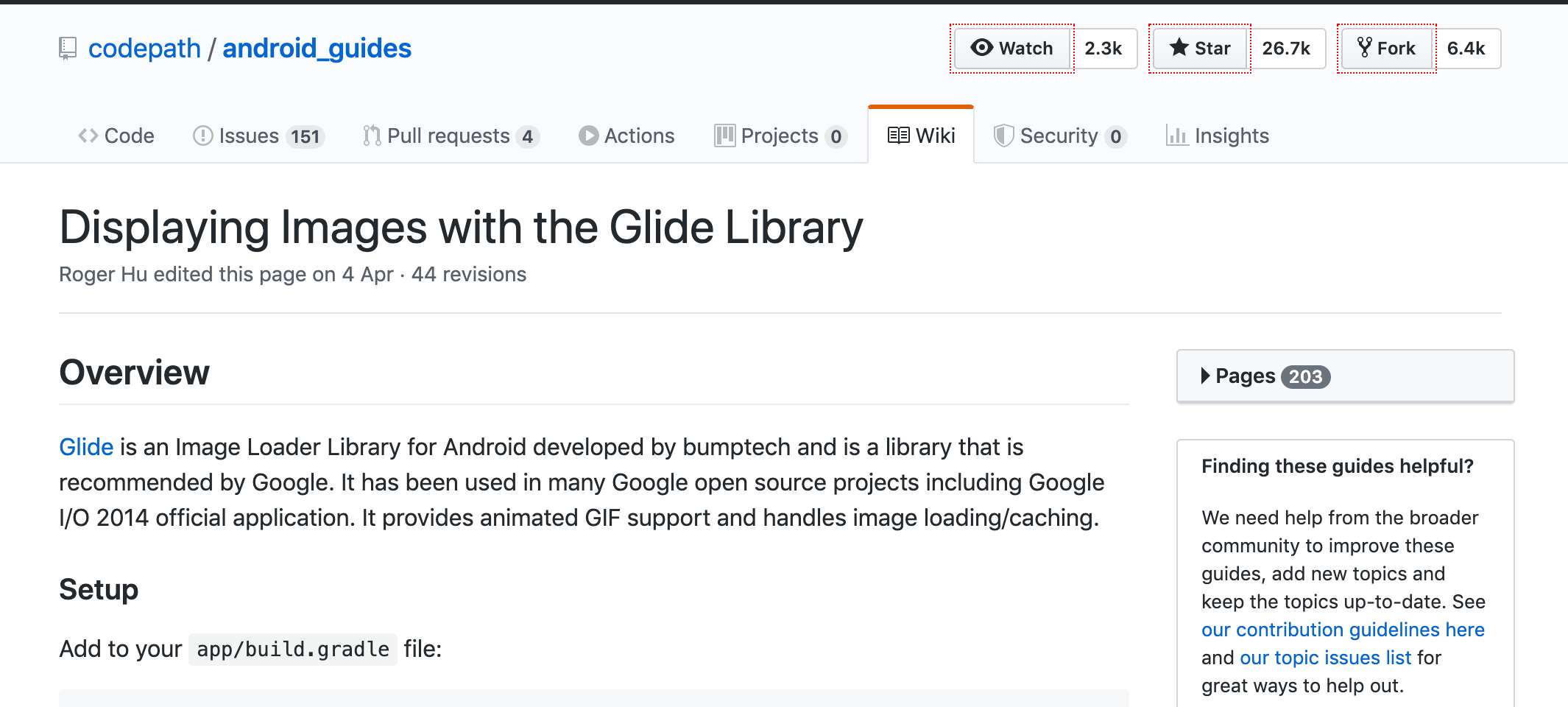
Ionic is a totally free framework that already used by a great number of developers from all over the world. It is certified by MIT and gradually becomes one of the best open source that can help developers build progressive hybrid apps. On top of that, it is also cross-platform supported and has the functionalities to integrate AngularJS. It also facilitates features like emulators, live reload, and logging.
More features of Ionic:
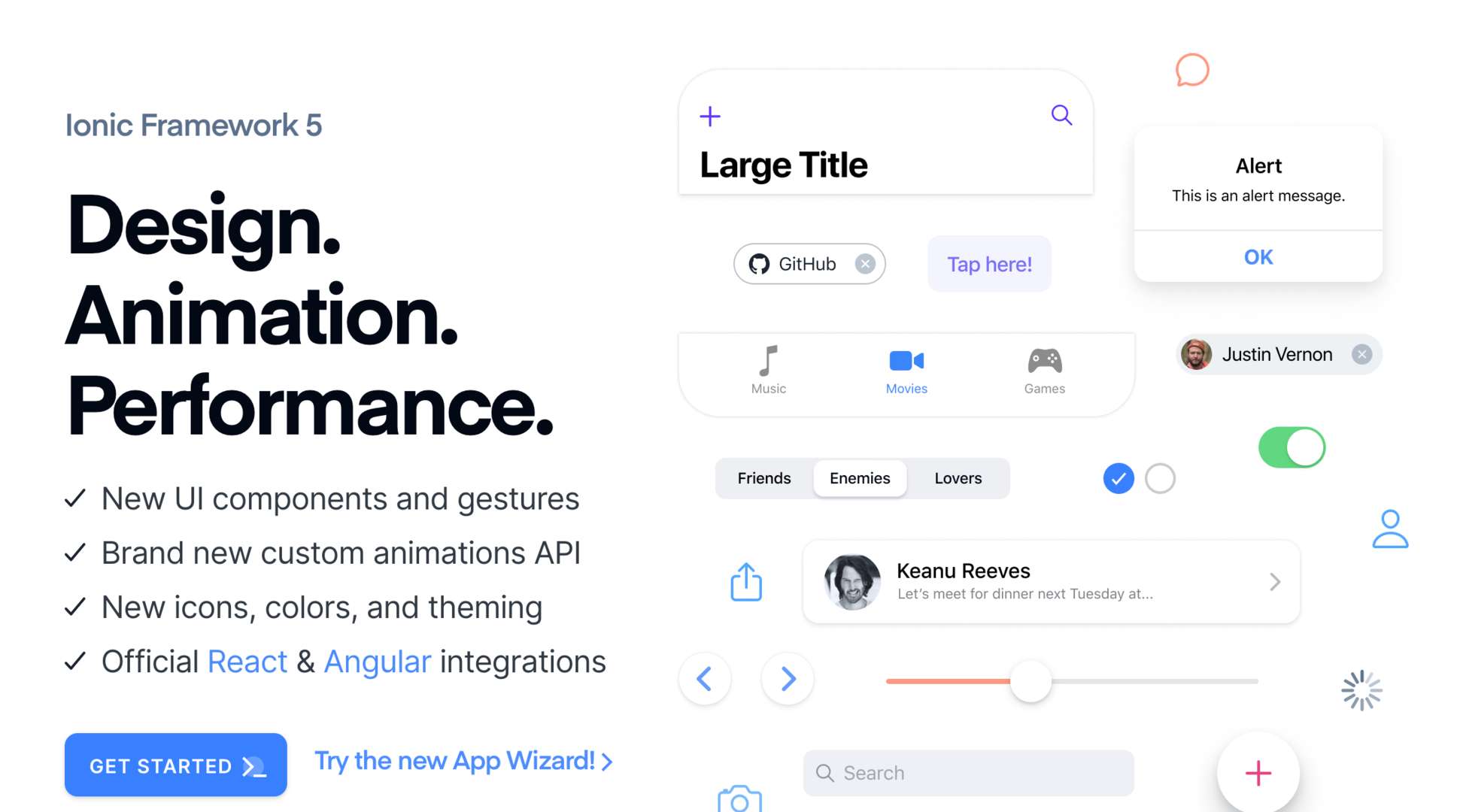
PhoneGap is an open-source Android app framework supported by Adobe and Apache. It helps developers to build apps using web development technologies, includes HTML5, CSS3, and JavaScript. PhoneGap makes it possible to instantly test apps on real devices even during the development phase.
More features of PhoneGap:
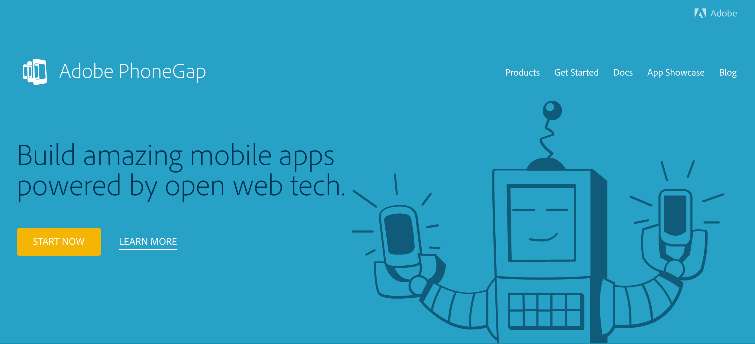
Corona SDK is one of the oldest Android frameworks that developed in 2009. It is one of the best resources for developing Android, Android TV, and Kindle Fire. In addition to Android apps, it is also very helpful to build apps for other operating systems. Corona SDK is also one of the most popular platforms for developing games. It offers 10x faster development than other Android app frameworks.
More features of Corona SDK:
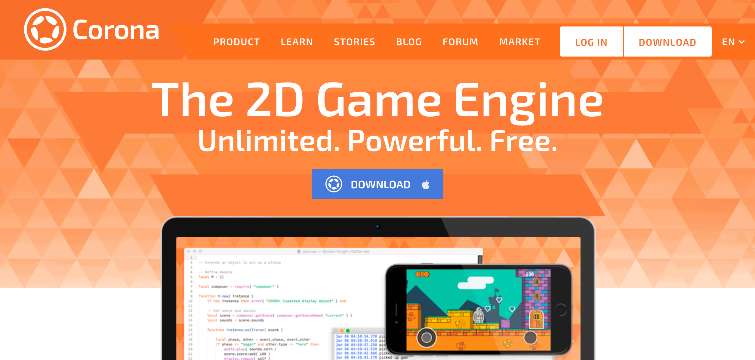
Dagger is a fully static and compile-time framework which can magnificently simplify the application of dependency injection. As an adaptation of the earlier version created by Square, now Dagger is maintained by Google. In that case, it is suitable for both Java and Android currently, but still mainly used for Android-based apps. In addition, Dagger can simplify the creation of the graph within Android projects.
More features of Corona Dagger:
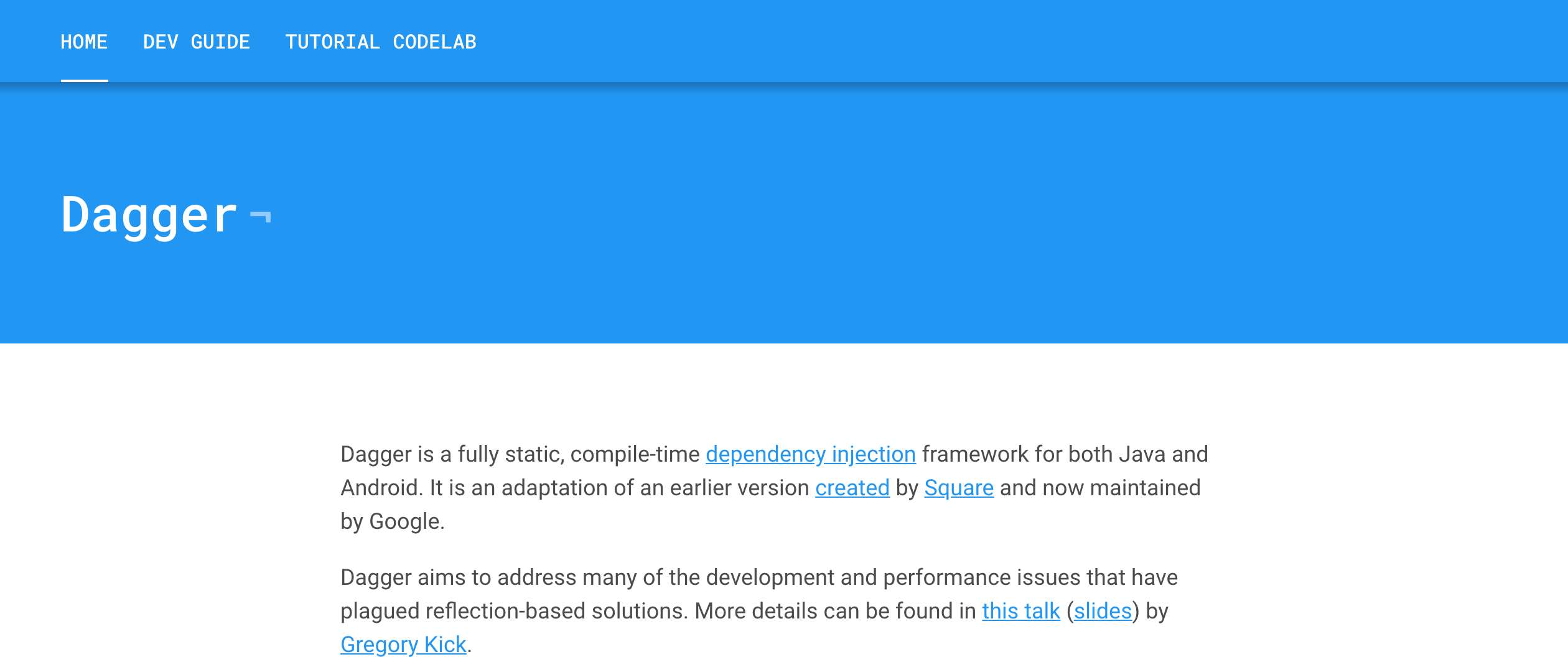
jQuery Mobile is a touch-optimized and lightweight mobile JavaScript framework. It is one of the best frameworks for developing Android systems of smartphones and tablet computers for its very optimized compatible of PhoneGap, Worklight and the other mobile app development frameworks. It’s super easy to build custom theme based applications for Android, iOS, Blackberry, WebOS, and Symbian operating systems
More features of Corona jQuery Mobile:
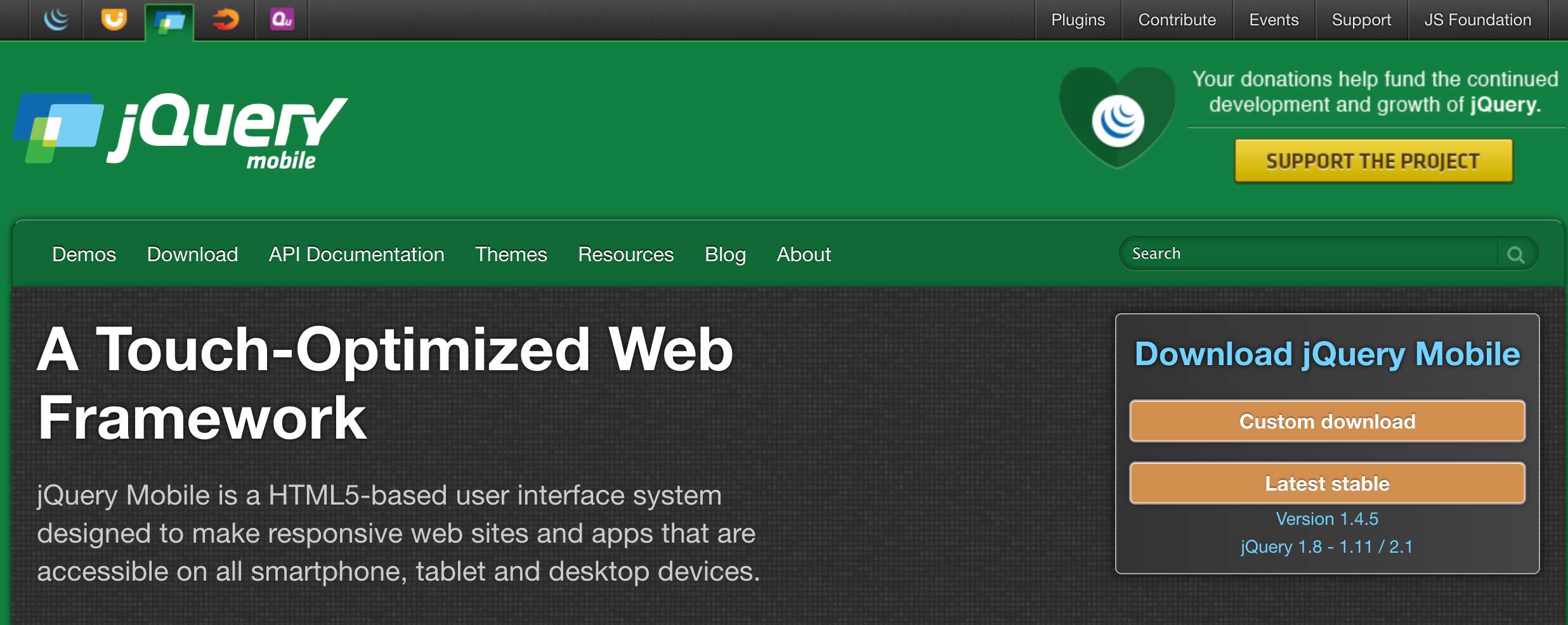
Flutter is a multi-platform mobile app SDK that best for hybrid app development. Google built it with Dart language, which makes it one of the best frameworks not only for building applications but also can simplify the cross-platform development process. Flutter can build a beautiful user interface that looks similar to Material Design with its 2D rendering engine called Skia. Developers can perform UI, unit, and functionality tests using its testing framework.
More features of Corona Flutter:
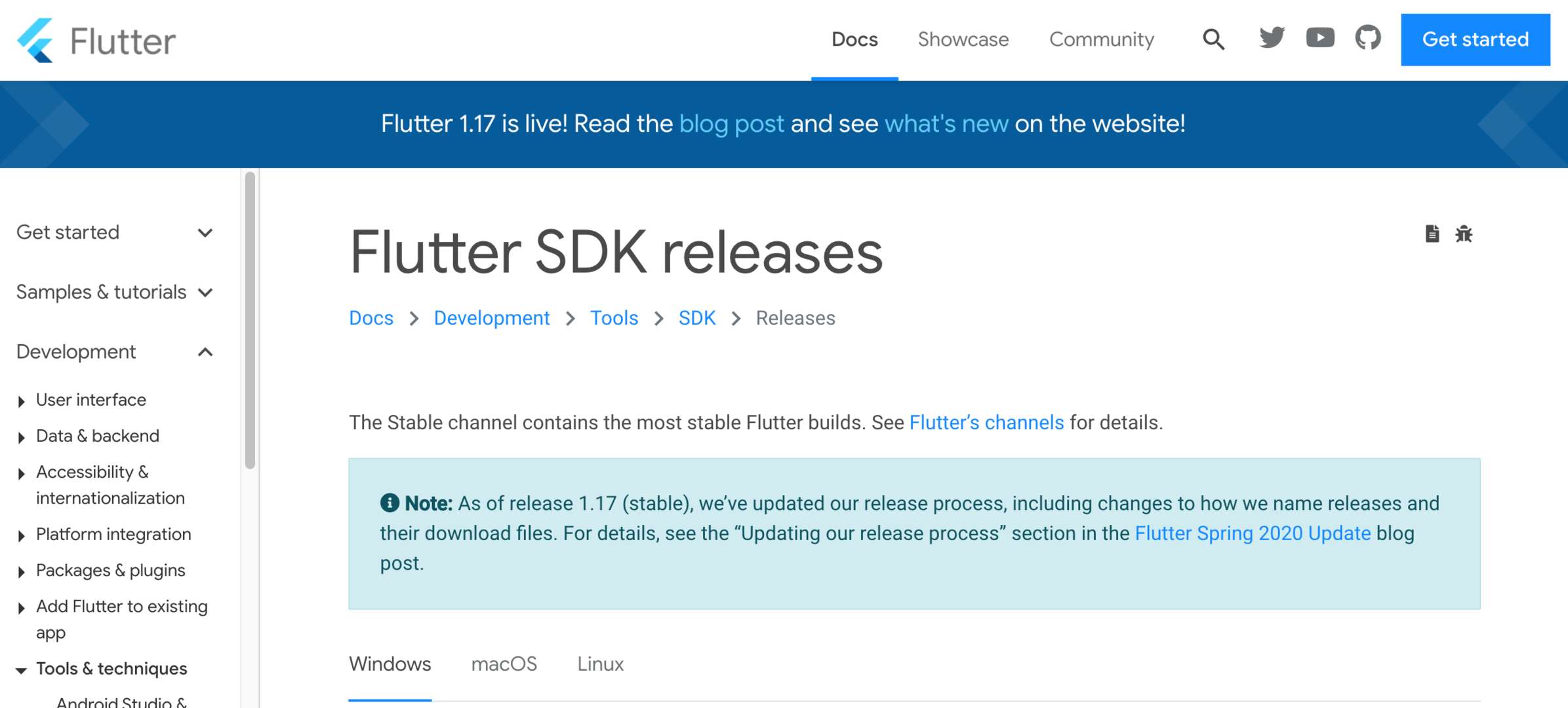
Sencha Touch is one of the most advanced Android frameworks in 2020. It features a very powerful library which you can use to develop all kinds of mobile applications, Android applications are one of them. It had a full-bodied data package to help you build most advanced application in high performance effortlessly. It also comes with 140+ high performing UI themes and components.
More features of Sencha Touch:
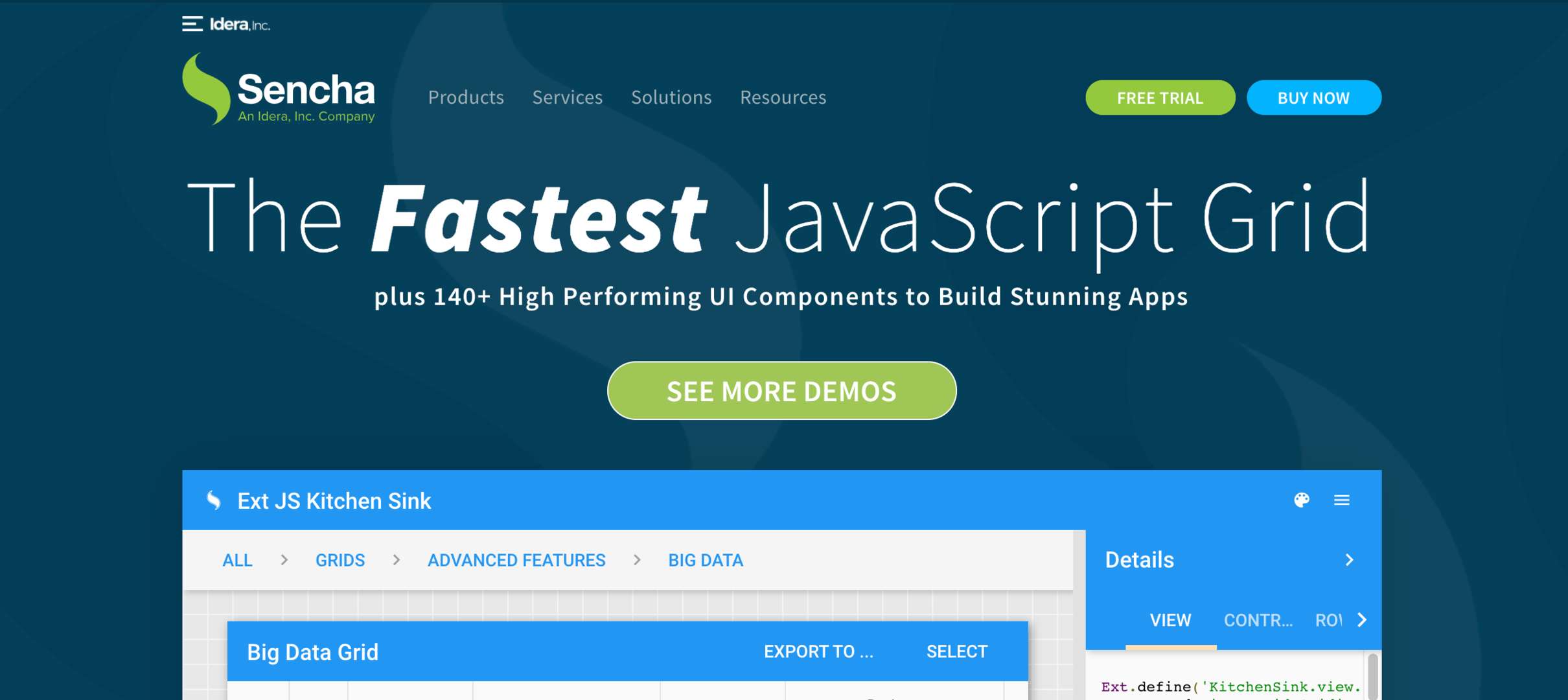
React Native is a powerful open-source framework. Facebook created it using React and now it is used by a great number of brands such as Instagram, Walmart, Airbnb, Tesla, as well as many other 500 companies. It is one of the most useful frameworks for creating native apps for Android and iOS.
More features of React Native:
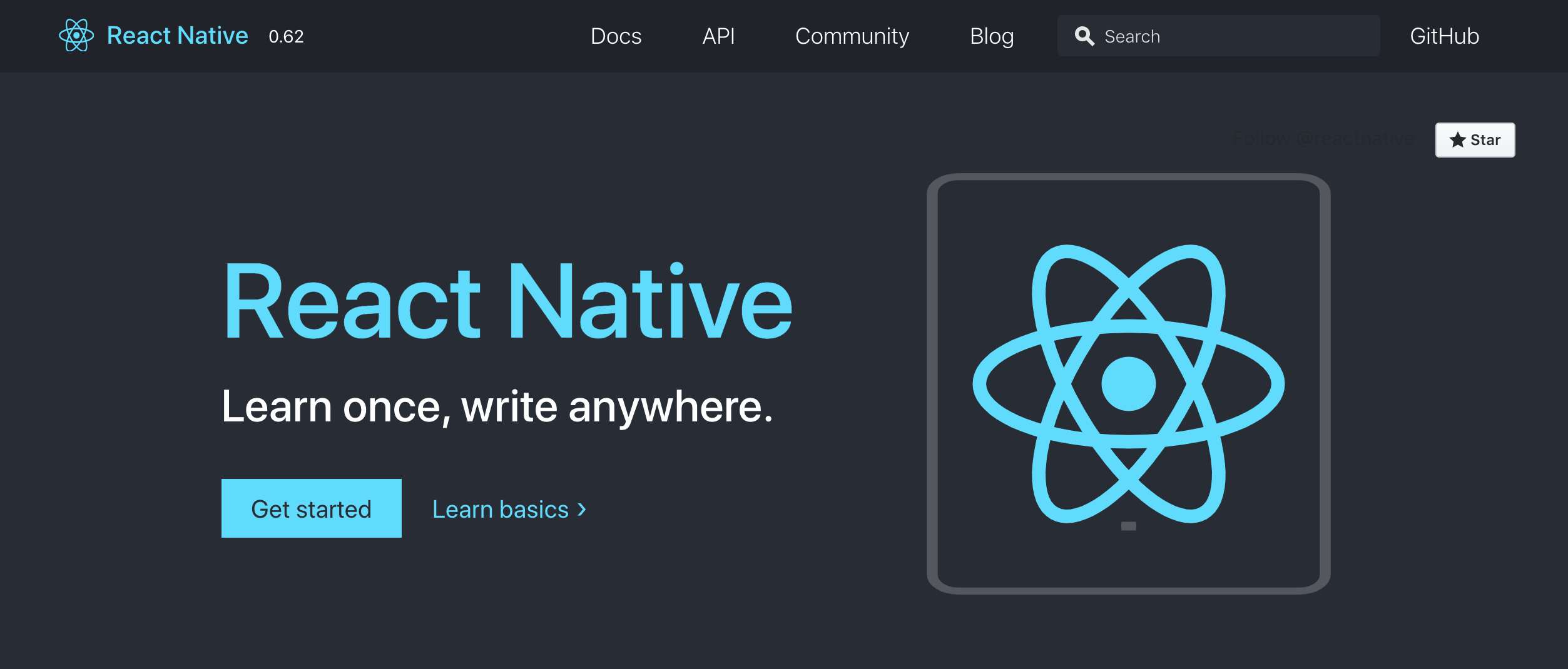
Android 10 is the newest version of Android. It is one of the powerful Android frameworks that can help you set up a high performance of Android applications. It features a new Jetpack library with a great number of UI themes and components to create eye-catching app experiences. Developers can make their app development easier and consistent across 90% of Android devices with Android 10 framework.
More features of Android 10:
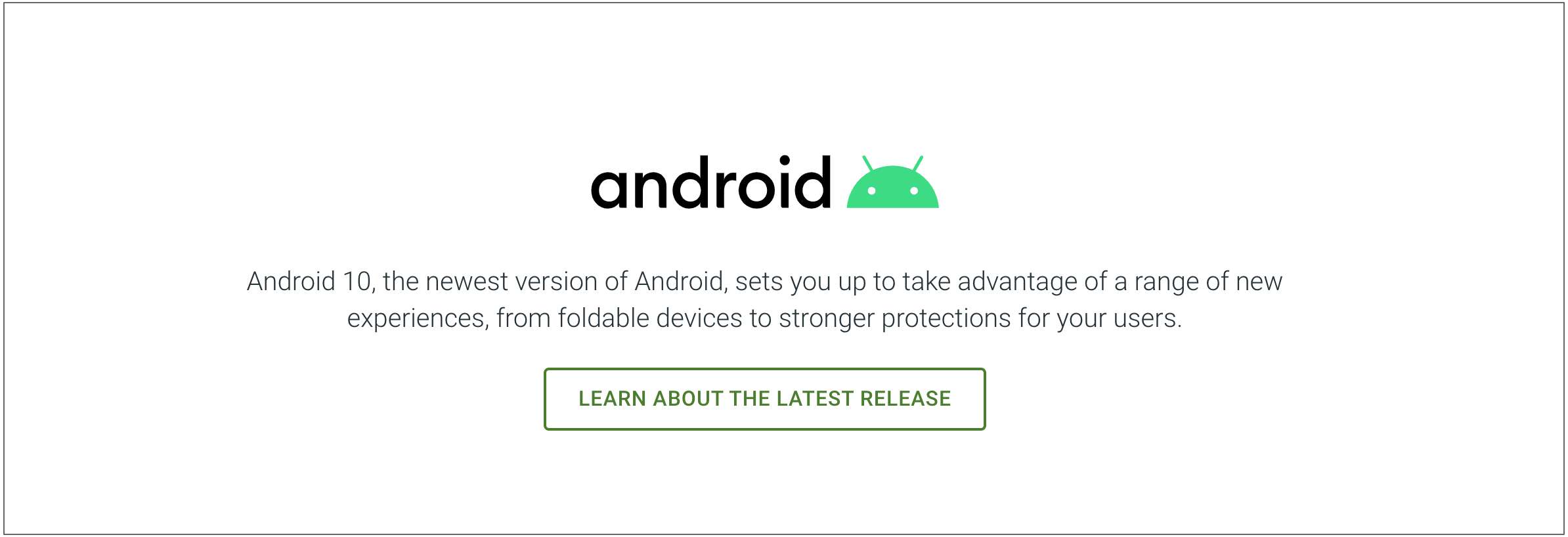
NativeScript is a free open-source framework that rang top for building hybrid apps development. Developers can create native, outstanding progressive applications and reuse a wide array of plugins from directly in the projects with NativeScript. What’s more, it also allows developers to create apps using Vue, TypeScript, and Angular.
More features of NativeScript:
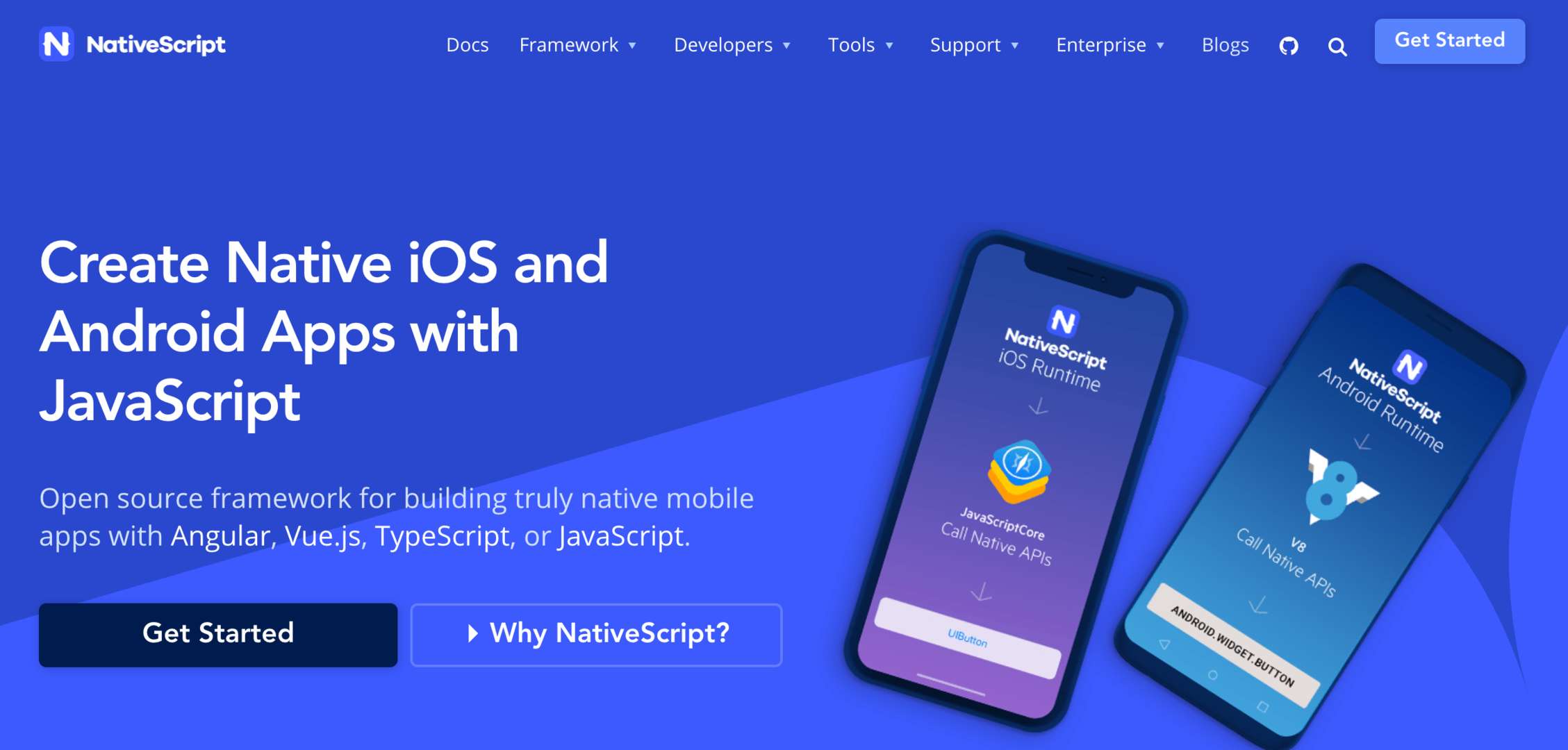
Dojo Mobile is an HTML5 framework that renders a myriad of widgets. It is one of the best frameworks than enables web developers to build outstanding web-based apps for iPhone, Blackberry, and Android with native-like UIs and performance, as well as achieve high-performance on all native platform APIs.
More features of Dojo Mobile:
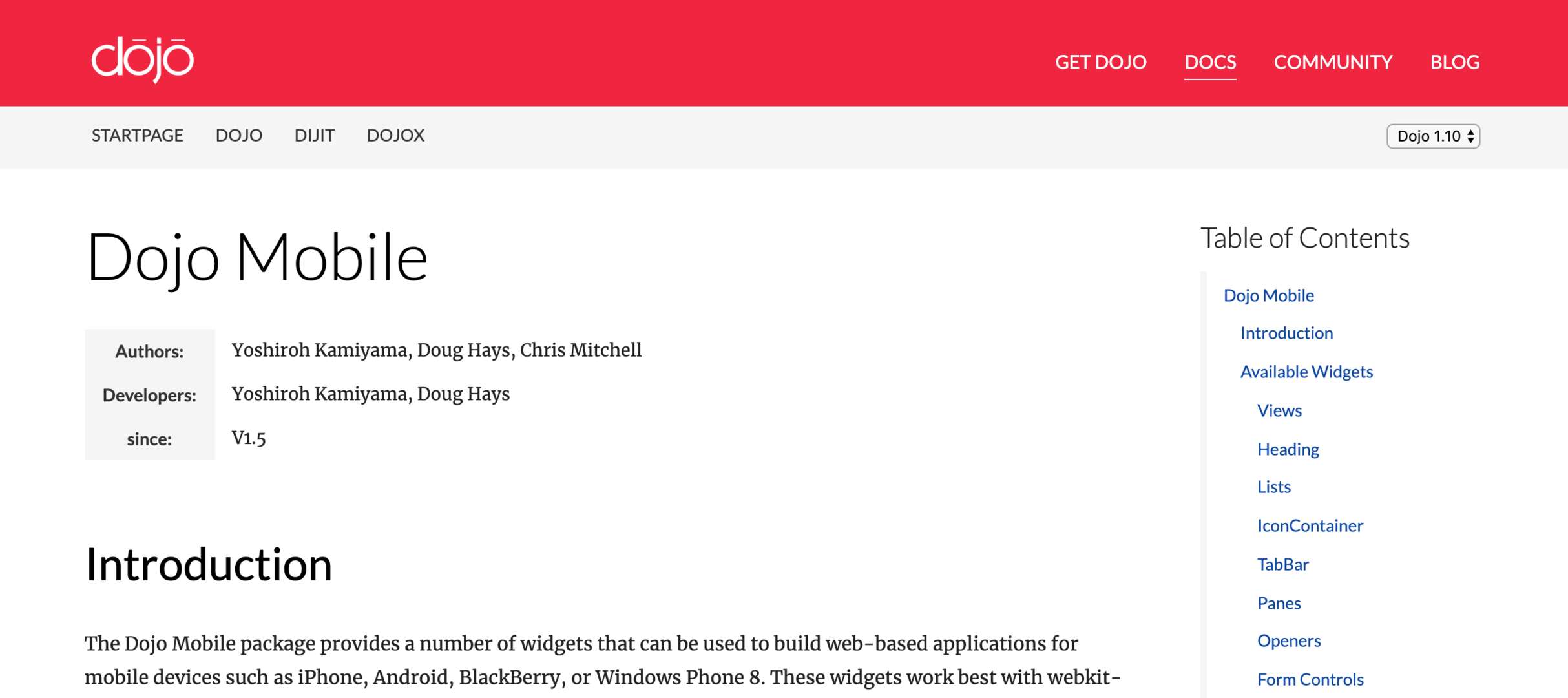
Retrofit is an open-source Android framework that can exchanges data between a backend side and an application. It provides functionality for custom headers, multipart request body, file uploads and downloads, mocking responses and much more.
More features of Retrofit:
Titanium SDK is an open-source extensible framework. It is very useful when creating native apps for Oss, including iOS, Android, and BlackBerry, as well as hybrid and HTML5. It comes with the Apache-licensed software development kit, which developers can use to build native applications.
More features of Titanium:

We hope that the above 15 Android framework can help you. It would be a great pleasure that you want to try some frameworks that we’ve shared with you. And if we miss any frameworks that should be added on this list, please feel free to let us know!
 Mockplus RP
Mockplus RP
A free prototyping tool to create wireframes or interactive prototypes in minutes.
 Mockplus DT
Mockplus DT
A free UI design tool to design, animate, collaborate and handoff right in the browser.
